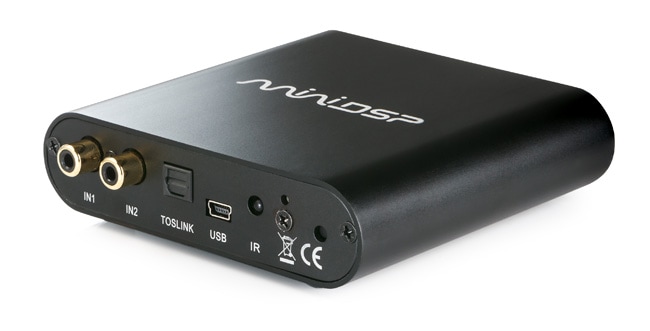How to Connect a Passive Subwoofer to a New AV Receiver
When I started in the home theater hobby, passive subs were the norm, and powered subs were the exception. Fast forward a couple of decades, and it’s the opposite. I see the odd passive sub on a buy or sell or from an old HTiB. But what if you have an older passive sub but want to use it with a new AV receiver? Can it be done? The short answer is yes, but there are some catches. So, let’s explore how to connect a passive subwoofer to a new AV receiver.
Option One – Don’t!
Ok, I get it. Your passive sub is perfect, and you don’t want to buy something more modern. But hear me out. I also had a “perfect” sub from the ’90s, and compared to my SVS PB1000 Pro, it’s a dud.
I will go on record and say that no passive sub, past or present, will stand up to a good modern active sub. Materials for woofers have changed from paper cones and foam surrounds to much more robust materials. Plus, we have computers to model them, allowing manufacturers to tailor the subwoofer’s sound.

Plus, there is no bass management for you! If you use the speaker-level inputs, you won’t get any nifty LFE channel goodness. That’s right. You must set your speakers to large and hope you can blend the sub and speakers. But you will probably get some nasty dips and nulls in most cases.
Option Two – A Plate Amp
This option has some advantages. First, you can power your subwoofer independently of your AV receiver. Secondly, you will be able to take advantage of the LFE channel, and you will get some control over your cross-over and phase.
The disadvantage is that you will have to have some know-how in wiring the subwoofer driver to the amp, and you will have to cut a hole in your cabinet to mount the amp. None of these are deal breakers, but it’s a lot of work for an older sub that (probably) doesn’t go below 35Hz. But if you are a DIYer, Parts Express has a great selection of amps for the do-it-yourselfer!

Just remember, you won’t get an EQ’ed sub like you would from a company like SVS. You mindlessly add an amp to a woofer and hope for the best results. Again, it’s great if you are looking for some thump, but expect something other than a miracle sub!
Option Three – Amp and Mini DSP
Of all the options, this will be the most expensive, but give you the best results. With this option, you will have more granular control over your subwoofer, and the Mini-DSP will allow you to EQ the sub properly. But before you run out and spend your cash, let’s hit you with some reality.

A good subwoofer amp is going to be costly. Expect to pay at least $150-200 for something that will move that woofer properly. A Mini-DSP will also set you back $225, plus the cost of a (calibrated) UMIK-1 ($100) or other calibrated USB mic. Then you must set it up and hope the cabinet and woofer are well-tuned. That’s a lot of things going right for upwards of $500.

Or drop $799 on a new SVS PB1000 Pro or $649 for the Monolith M10 V2 THX subwoofer. I have used both, and I guarantee they will BLOW your old passive sub out of the water. And you know you have a subwoofer with modern design, materials, connections, and controls.
Our Take
I don’t recommend hooking up an older passive subwoofer to a modern AV receiver. An older sub will be challenging to blend correctly with your speakers, and you will miss room correction goodies. On top of that, the proper gear to do it will be expensive, and there is no guarantee you will get the results you want. But if you are up for a challenge, I have given you some options for how to connect a passive subwoofer to a new AV receiver.


